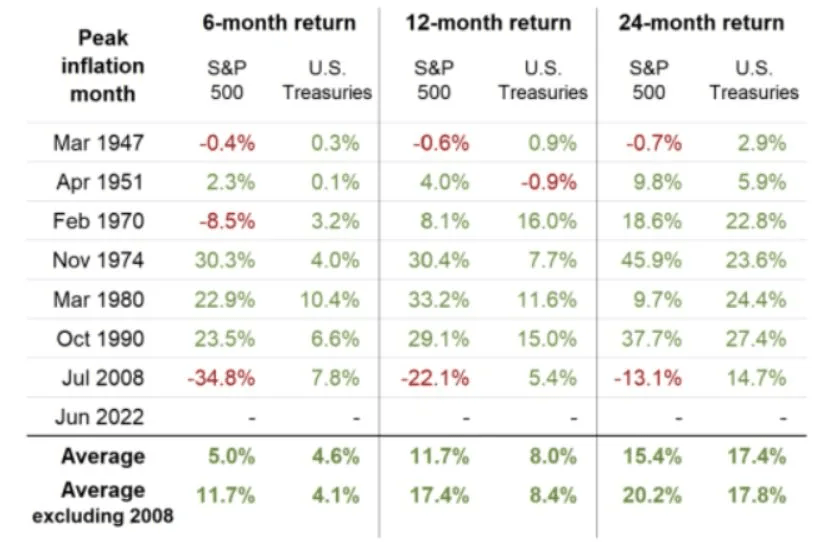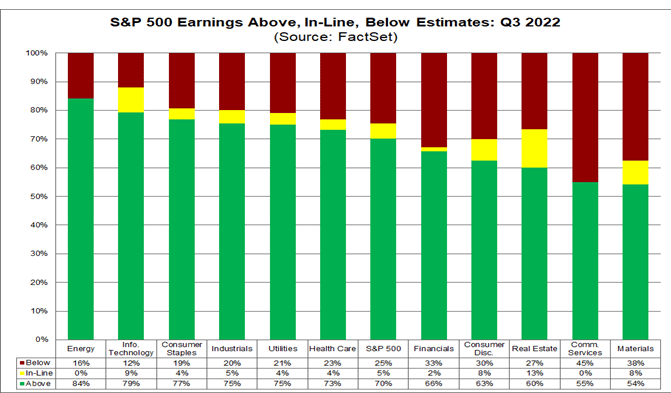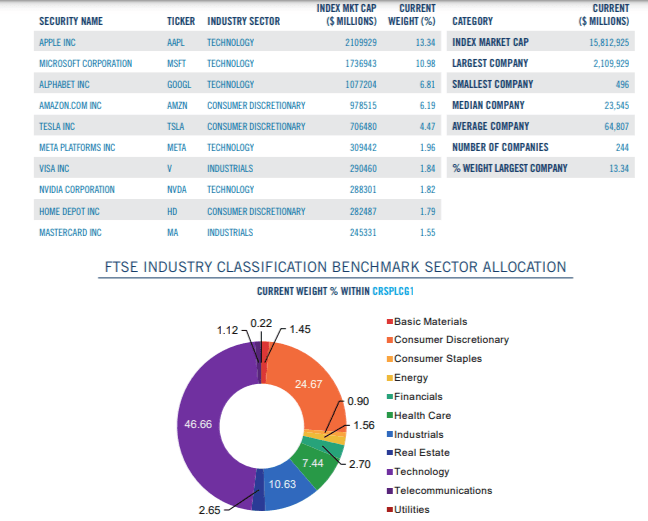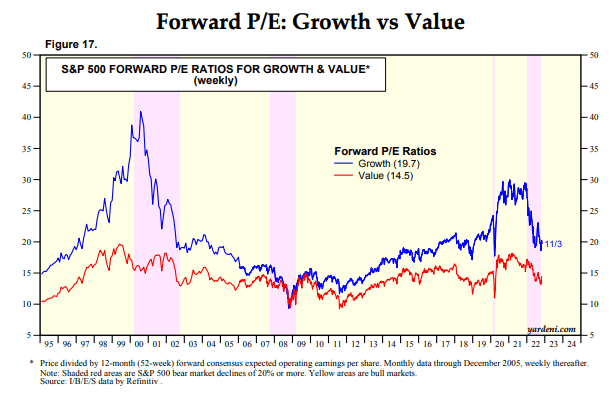[ad_1]

iQoncept
Now may be the best time to buy beaten-down growth ETFs like Vanguard Growth ETF (NYSEARCA:VUG) as a painful stock market slump has eased valuations back to pre-covid levels, and a fall in CPI data to a 7% range has altered expectations about a rate hike policy. It may also be possible that near-term volatility is likely to remain high due to cyclical headwinds as some key regions are entering a recession, but downside risks seem limited due to falling inflation. With downside risk declining and negative events possibly already factored into stock prices, it might not be prudent to wait any longer to see a positive response from the Fed. This is due to the fact that investors react faster when they anticipate events than when they occur. Therefore, long-term investors should take advantage of the deep selloff in the high beta Vanguard Growth ETF, which focuses on large-cap growth and has the potential to outperform the broader market during a recovery phase.
Inflation Data Changed Market Outlook
A negative correlation between growth stocks and inflation has been well-established over the past few decades. Inflation not only lowers consumers’ purchasing power but also compels the central bank to adopt tight monetary policies, which negatively impacts investors’ confidence about risky assets like growth stocks. So far in 2022, the combination of high inflation and rate hike policy has helped slash VUG’s share price by around 30%.
Fortunately, the Fed’s strategy of destroying demand through rate hikes has seen higher-than-expected success in the past few months. US inflation fell to 7.7% in October, compared to 4-decade highs of 9.1% in June, and 8.2% in August. Since inflation has been declining steadily and rates have increased to a restrictive area, the Fed may now have many reasons to slow or stop its rate hike policy. US central bank officials from Boston, Chicago, Richmond, and Philadelphia indicated the bank might break its months-long streak of 75 basis point increases.
I believe this is a crucial point for dip buyers who have been waiting over the months to see signs of a recovery in the stock market. Stocks are likely to recover in the months ahead due to euphoria related to slowing inflation and easing in rate hike policy. In addition, it is important to realize that the stock market moves more rapidly in anticipation of an event than after it occurs.

Bloomberg (Stock market performance after inflation peak)
Interestingly, historical trends also favor dip buying once inflation peaked. As shown in the chart above, stocks begin their recovery process once inflation peaks and generate robust returns in the following 12 to 24 months. After inflation peaked, the index gained about 30% several times in the next 12 months. Since inflation could already have peaked in June 2022 and is declining faster than expected, I think it’s time to take advantage of the steep plunge in stock and ETF prices.
Earnings Support Dip Buying

FactSet.com (Third quarter earnings)
The slowing inflation is supporting a surge in growth stocks and ETFs, but some investors are still reluctant to take advantage of the recent selloff due to concerns about the earnings outlook. It’s true that earnings growth slowed significantly when compared to 2021 but it is surprising that many companies from growth categories still managed to generate year-over-year growth in earnings despite the toughest economic and monetary conditions, which I believe is sufficient to support a price rebound. In the case of VUG, the ETFs portfolio is diversified across all 11 sectors with a major focus on the technology sector, accounting for 46.6% of the overall portfolio. So far in 2022, the technology sector has shown resilience despite higher uncertainty. The FactSet chart shows that it was the second-best performer among the 11 sectors in the third quarter. A mere 12% of tech companies reported lower earnings than expected in the third quarter, while 79% exceeded expectations.

Investor.vanguard.com (VUG’s portfolio holdings)
For instance, VUG’s largest holding, Apple (AAPL), has surpassed its September quarter earnings estimate. The company’s 2022 revenue of $394.3 billion grew 8% year over year, while earnings per share increased 9% to $6.11. Wall Street estimates show the company’s revenue growth trend will likely continue in the years ahead, with expectations of $407 billion in 2023 and $430 billion in 2024. Similarly, Microsoft (MSFT), the second-largest stock in VUG’s portfolio, has demonstrated the ability to thrive in tough market conditions. In the September quarter, the company surpassed revenue and earnings expectations with double-digit revenue growth. Meanwhile, technology companies like Meta Platforms (META) and Alphabet (GOOG) (GOOGL) missed earnings expectations for the third quarter. In their earnings calls, both companies expressed concern about the impact of high inflation on their operating costs and earnings. A drop in inflation is also likely to improve the performance of consumer discretionary stocks, which constitute over 24% of VUG’s portfolio. It is unlikely that VUG’s portfolio will maintain its impressive average growth of 27% in 2023, but a mid-single-digit or low double-digit growth rate should be sufficient to support the recovery.
Valuations

yardeni.com (Forward PE ratio)
Since trailing and forward PE ratios have fallen back to pre-covid levels and stocks are trading within their 5 to 10-year averages, I believe the downside risk is limited and stocks are poised to stage a steady recovery. Currently, growth stocks appear in the buying zone with a trailing PE of 25 and a forward PE of around 19.7. It is important to note that the numerator [P] is responsible for most of the deceleration in the forward PE ratio, which is a promising indicator for dip buyers. For 2023, forward earnings are estimated to grow by 9% compared to 3% growth in 2022. The S&P 500’s current earnings yield of 5.08%, which is the highest in 2022, also reflects robust earnings trends. The high earnings yield indicates a drop in stock prices but sustained growth in earnings estimates.
In Conclusion
It might be a good idea to buy VUG and other beaten-down growth ETFs as inflation drops and Fed pivot expectations increase. The low expense ratio, annual dividend of $1.52, and prospects for solid price appreciation make it a good long-term investment. Overall, I believe investors could miss out on potential gains if they wait to hear about the Fed’s policy ease from Powell. In most cases, a market rally begins long before an event takes place.
[ad_2]
Source links Google News

